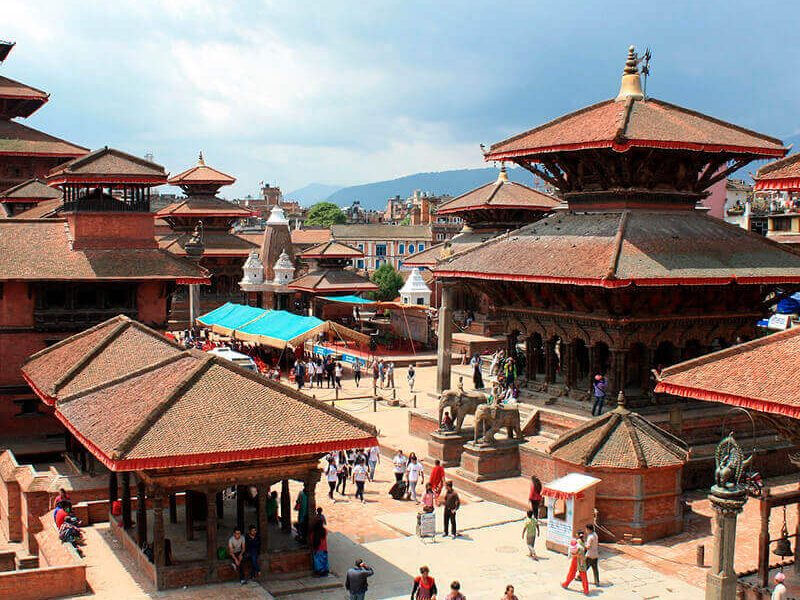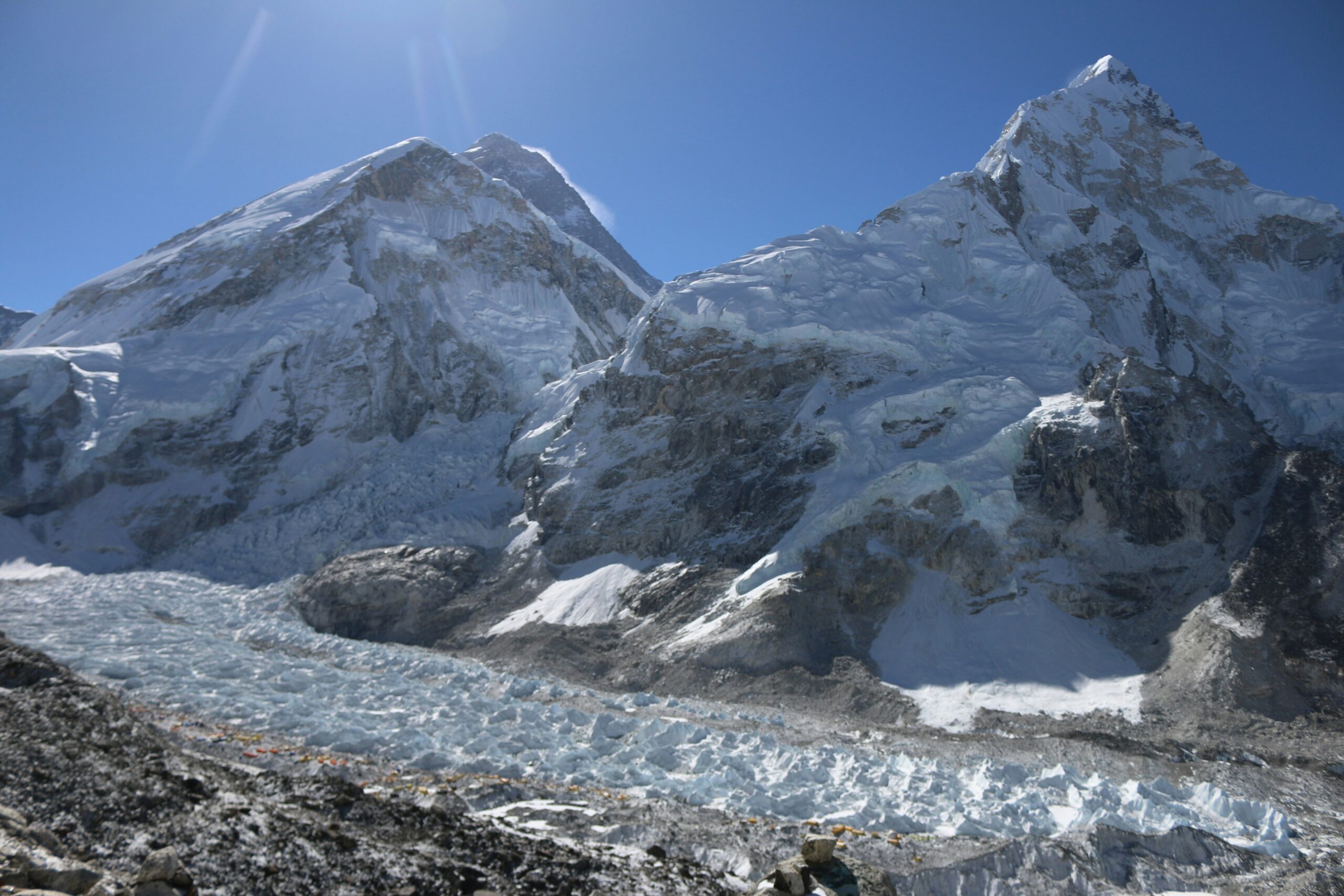At an altitude of about 4000m, this region is blessed with nature with magnificent views of the Annapurna Massif and Dhaulagiri range. And unlike from other places, you get to see the north face of the mountain ranges from Mustang.
Let’s head on to explore more about the fascinating history of the Mustang, the Tiji Festival, and also to learn about the best time to visit Mustang and how to visit Mustang with the required fees and facilities.
Table of Content
History of the Forbidden Kingdom of Nepal
Mustang was once an independent kingdom mainly influenced by Tibet in language and culture. It was introduced in the 15th Century to the outer world when it was a trade route between Tibet and India. It was in the 18th century when Mustang was annexed by Nepal and has since been part of the country. Despite the annexation, the Mustang had its king, and still, the people followed the monarchy of Mustang despite the government order to cease the title in 2006 A.D.
The recent King of Mustang, Jigme Dorje Palbar Bista, is the kingdom’s last official king, yet he is still on the throne as an unofficial king. The first king, Ame Pal, built Lo-Manthang, or Upper mustang, as a walled city and still stands as the only living walled city in Nepal.
The wall is 26 feet high and measures up to 2472 feet in length, with 14 towers in the periphery. The towers are 40 feet tall and 6 feet wide at the top. Back during the reign of Mustang Rajas, armed guards guarded the towers.

Highlights of Upper Mustang Tour
The upper mustang basically is a Min-Tibet with people following the Tibetan culture and lifestyle. The place is famous for its extreme and barren landscape with ancient caves, temples, and mountains. And on top of that, the history of the place carries what makes the place unique.
- View the Himalayas from the Northern Side.
- Enjoy the Tibetans Buddhist culture of Mustang.
- Enjoy the local, juicy apples and the apple wine (Marpha) in Mustang.
- Visit the Holy Muktinath Temple, an important pilgrimage site for Hindus and Buddhists.
- Witness the Tibetan Buddhist Tiji Festival, which started in the 17th century.
- Visit the manmade sky caves built in about the 12th to 14th centuries.

Tiji Festival
Tiji festival is also one of the main festivals celebrated in the Upper Mustang and Muktinath during the full moon day of August/September every year. Tiji, also called “Teeji,” translates to “Prayer for World Peace.” Some people believe the Tiji festival is celebrated to commemorate the victory of Lord Buddha’s Incarnation. Tiji festival has many myths behind it, but the common and what most people believe is that the festival is celebrated the tale of the son who saved the entire Mustang Kingdom from destruction by a demon named Ma Tam Ru Ta.
The festival is celebrated for three days. The first day is celebrated by monks performing a dance called “Tsa Chham,” On the second day, one monk stays in seclusion for three monks during winter to prepare for the role of Dhroje Sonam, which is called “Nga Chham.” And finally, on the third day, a ceremony called “Rha Chham” is observed where the monk doing Dhorje Sonam’s role throws the effigy and representation of the demon, Ma Tam Ru Ta. The mustang people believe that the village gets rid of the evil spirits after the Tiji Festival.

Best Time to Visit Upper Mustang
So, yes, not all season is suitable to visit, except if you are an adrenaline junkie. The best time to see Upper Mustang is between March-May and September-November. You can also visit during June, July, and August, but due to heavy rain, the roads might be muddy, and landslides can make the journey extra risky. Besides that, getting there in the monsoon won’t be a problem as Upper Mustang doesn’t get much rain.
Since the place gets heavy snow during the winter, going there in winter is not ideal. Many inhabitants also migrate to lower terrains during the winter, closing many lodges and hotels. It can also get quite hard for people to acclimatize to higher altitudes in the colder seasons.

Kagbeni “Gateway to Upper Mustang”
How to Get to Upper Mustang?
You can get to Upper Mustang by road, air, or trekking. If you choose to travel by air, you need to get to the Jomsom airport from Pokhara and then trek or travel by jeep to Upper Mustang, or you can also charter commercial helicopters. To travel by road, you can take a bus up to the lower mustang and then reach the upper mustang by Jeep, or you can directly get to the Upper mustang via a Jeep.
To make it more adventurous, you can also trek to the Upper mustang, but since there are only a few lodges or hotels on the trekking route, plan your trek accordingly. You don’t have to worry about safety as there are multiple police check-posts for the security of tourists along the trekking route.

Fees and Permits
Since Upper Mustang is a restricted area for trekking and also falls in the Annapurna Conservation Area, you will need two permits to get to Upper Mustang, Annapurna Conservation Area Permit (ACAP) and a Restricted Area Permit(RAP). Both the permits are mandatory for foreigners.
ACAP is essential for all places that fall under the Annapurna region and will cost you USD 20 per person and will be valid until your trek lasts. Whereas RAP is essential from Kagbeni to Upper Mustang, which will cost you USD 500 per person for ten days, you will be charged USD 50 per day.
For Upper Mustang, you won’t need any TIMS(Trekkers Information Management System) as all the required information is covered by RAP.

A bridge between Upper Mustang and Lower Mustang
Wrapping it up
With the increase in domestic and foreign tourists traveling and trekking to Mustang. It is becoming one of the most popular destinations with its blessed natural attractions, landscape, and ancient culture and traditions.
If you are also looking to enjoy the scenic beauty of Upper Mustang and learn about its ancient culture, Book Your Trip Now!



